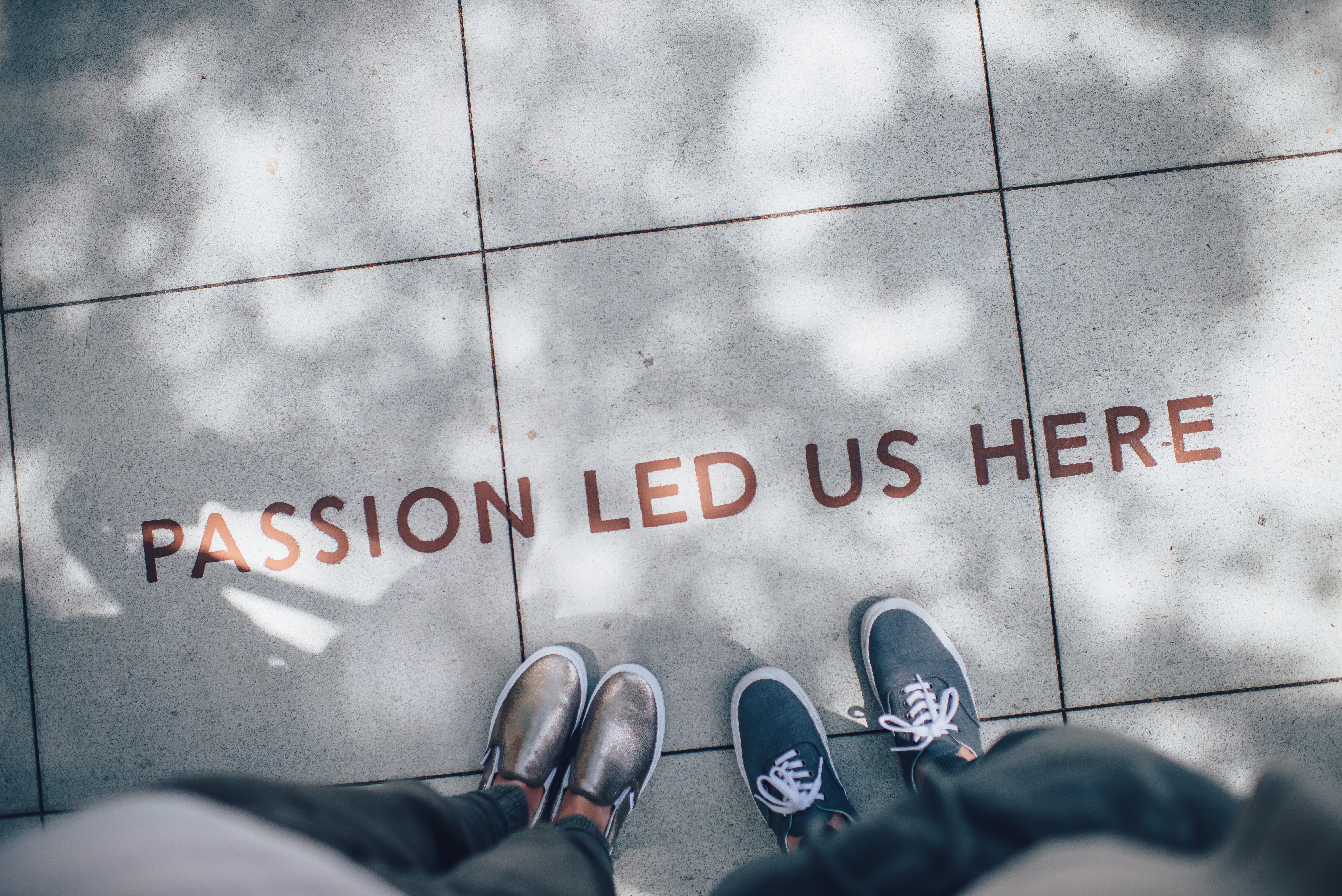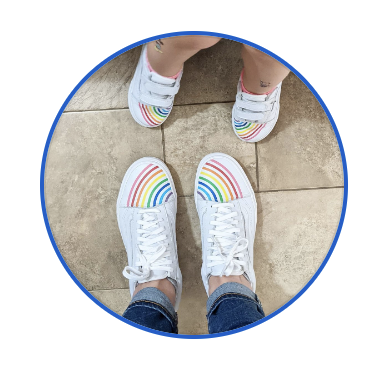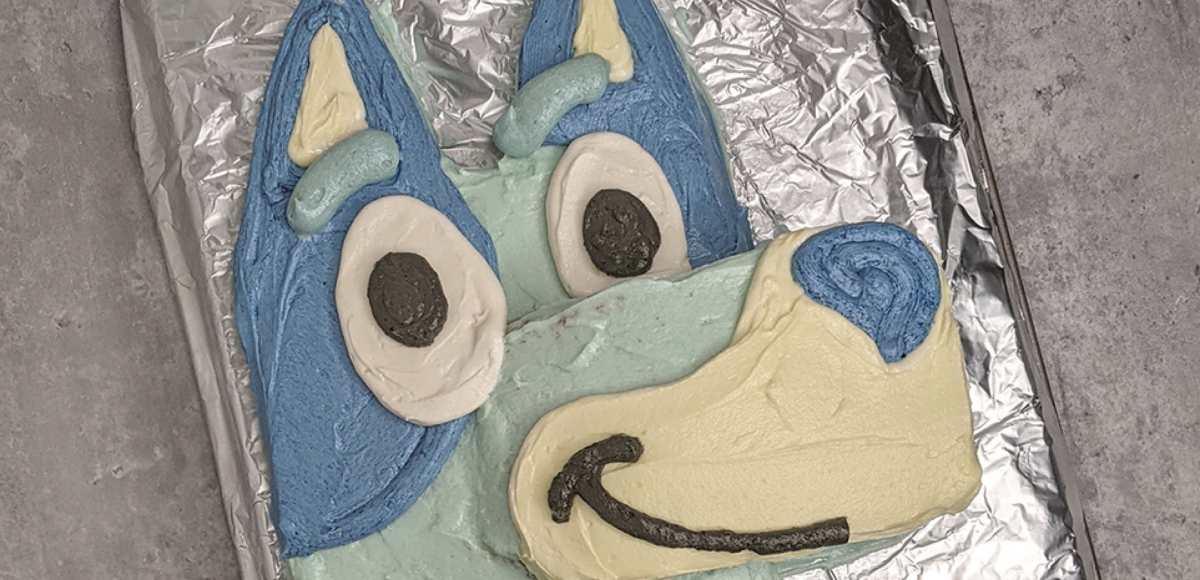This post may contain affiliate links. Every link is hand-selected by our team, and it isn’t dependent on receiving a commission. You can view our full policy here.
Congratulations. It’s hard to believe, but we’re already our fourth month into the new year, which means it’s a great time to reflect on how we’re pacing towards our New Year’s resolutions. If you’re like me, chances are your resolutions could be broken down into two categories: to-do-list resolutions and big-hairy-audacious resolutions.
Their are a variety of to-do-list-tackling strategies (like agenda-hacking and reformatting it altogether), and I find the best way to tackle my to-do-list resolutions — like scheduling that annual physical or painting our living room indigo, for instance– is to open up my calendar and commit some time that I am going to complete these tasks. For any resolutions you have that fit into this to-do-list resolution category, I recommend pulling out your planner or favorite calendar app now and blocking off the time you need to get this done. (Seriously, if it is a one or two step task, you should block off time now on your calendar to get it done…I’ll wait.)
For those big hairy audacious resolutions whether it’s finding a new job, becoming debt free, losing 10 pounds or reading the Bible in a year (just to name a few), the road to completion can sometimes feel a bit foggy to say the least. You might be thinking, ‘I want to nail this resolution, but where do I begin?’
This simple formula will help you action your resolutions this year and ensure you GROW.
GOAL, REALITY, OPTIONS, WAY FORWARD.
Let’s break it down.
GOAL you want to achieve:
[Insert New Year’s Resolution Here.]
It all starts with setting a clear goal about what you want to accomplish. The best goals are specific, trackable and offer a clear finish line so you know when you’ve accomplished them. It’s also important to think beyond the goal and take the time to uncover your motives as to why you want to accomplish this goal. Simon Sinek explains in his TEDTalk, the Golden Circle, that we often think about what we want to do and how to get it done, but don’t invest enough time asking ourselves why we want what we want. He goes so far as to say that we should start with the WHY for our goals and aspirations and then work backwards from these motives.
If you think about the achieving your goal like using GPS, then the goal is the destination you want to reach. You can search and explore and look at the map, but you need a destination before you can get directions.
Question 1: What do you want to accomplish by the end of the year?
Question 2: Why do you want this?

REALITY of where you are today:
Once you set your sights on what you want to achieve, it’s time to think about where you are today. Self reflection is important here. Consider both what you’re already doing well that will help you in achieving this goal and the areas of personal growth you’ll need to develop to help you toward your goal. If the Goal is our destination in our GPS example, then the Reality is our starting place. If you are looking for direction, you’ll need both to navigate to the finish line of your new year’s resolution.
For example, let’s say one new year’s resolution Candace and I have is to grow our family savings account by $5,000 by the end of the year. A good place to start for this resolution is to create a budget of our monthly income versus expenses and calculate how much we could be saving today based on our current spending. Mapping out our reality will also allow us to highlight some of the areas that may create obstacles in achieving our goal (such as where we spend a lot, or expenses that may hold us back from our goal).
If your resolution is to get a promotion, then the reality may look like a list of relevant skills you have today and skills you may need to develop to be a good candidate. If you want to lose some poundage, try listing your healthy eating and workout habits today, as well as the temptations that may keep you from losing weight.
Question 3: What are you doing well today that will get you closer to your resolution?
Question 4: What obstacles do you expect you will encounter that may keep you from your goal?
OPTIONS to get to your resolution:
Now that we know what we want to achieve and where we are today, it’s time to brainstorm all of the different actions we could take to get to get closer to our goal. At this stage, everything is on the table. The objective is to flush out as many ideas as possible that would help you achieve that resolution. Best suggestion here is to grab a pen and paper, find a dry erase board, or open up a new Google Keep and jot down *every idea* that comes to mind that could help you tackle your goal.
Keeping with our GPS example, this step is represented by all of the possible routes from point A to point B. Do you want a faster route with more tolls, or route that takes longer and has a great view? Do you take the path through the city, or the one that offers more roadside attractions? In most trips, there isn’t one right path to travel. Instead, each option offers a trade-off of different priorities and interests for you to explore. In the same way, there are many different options that will take you from your reality to the goal you are seeking, and this step gets those ideas out of your head and all in front of you to consider.
Tying this back to Candace and my savings example, we had some fun brainstorming our options to include everything from hosting a yard sale to drinking less Starbucks — we even floated the idea of picking up every penny we found and putting it in a jar.
Question 5: How many options can you brainstorm that help you reach your resolution?
Question 6: What are the most creative suggestions you can think of?

WAY FORWARD from here:
All right, we’ve set a goal, took time to figure out where we are today, mapped out a variety of different ways to get where we want to be, and now we are ready to take action. This last step is essentially the commitment we make to ourselves where we agree to start working toward the goal. The easiest way to take this step is to look at all of the options that we have listed out and circle two or three that we can action immediately.
The simple act turns our big hairy audacious goals into a series of to-do-list resolutions.
Think of the W in this formula as the GPS’s turn-by-turn navigation — once you select your route, just follow the directions you’ve outlined. And just like turn-by-turn navigation, if you get lost or when life sends you a detour along the way, you can always review your options again, recalibrate and reroute to find a new path to arrive where you want to be.
Question 7: What two or three options are most feasible for you to start working on now?
Question 8: How can you hold yourself accountable to following though with your to-do lists?
Photo by Ian Schneider on Unsplash




